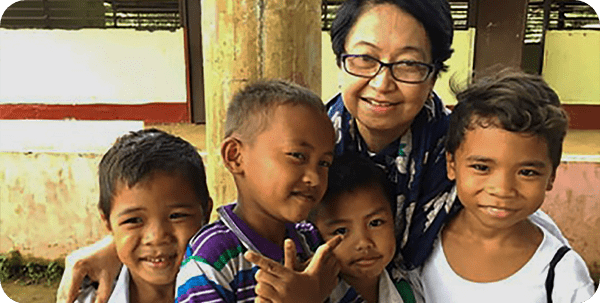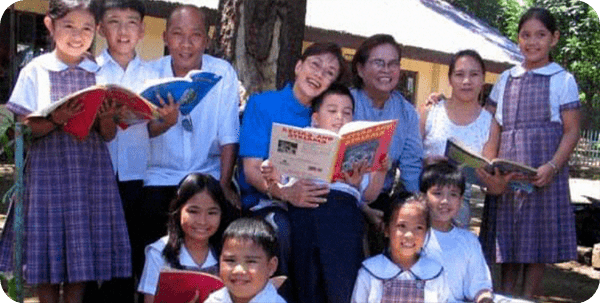Professor Shirley Equipado from the PNU conducted a workshop/seminar on teaching remedial reading in English in Bagong Tanyag Elementary School from May 30–31. She began her lesson by talking about a child’s readiness to read. “While parents and educators want children to read early, they will not learn if they are not ready. When a child begins to differentiate objects and actively point out familiar things, the child is ready to read,” Professor Shirley advised. Prof. Shirley believes that one the best ways to encourage children to read is through story reading. “Storytelling allows the students to learn how to listen better, speak more confidently, and use words and sentences they normally wouldn’t” .She encouraged the teachers to practice reading with an animated cadence and proper emphasis on descriptive words to help children recognize keywords and remember meaningful words in the story. The teachers acted as the students who repeated words in the story or answered the teacher’s questions. Professor Shirley said that storytelling not only engages children in reading, but also encourages them to speak in English.
Even while they were learning about teaching, the teachers enjoyed the singing, chanting, and dancing that came with the lessons. They found themselves singing about the story of The Elves and the Shoemaker. They tried to outdo one another in their use of adjectives, verbs, and pronouns when they were tasked to do jazz chants about fruits, animals, and school materials. They especially liked the chicken dance that became livelier as the song played on.
Professor Shirley had a boundless source of energy which she passed on to the teachers.



